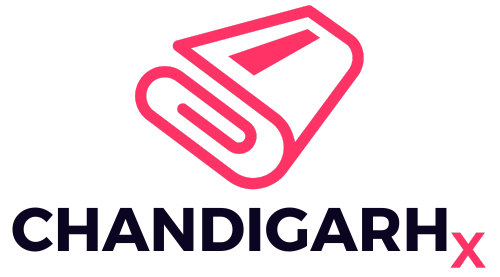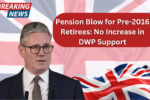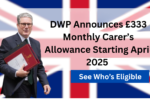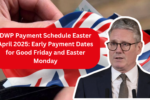Residents in Cambridgeshire will see changes to their Council Tax bills for the 2025–2026 financial year. Cambridgeshire County Council has confirmed an increase in its share of the tax, while some district councils have chosen to freeze their rates. The amount you pay depends on your property’s valuation band and local authority charges.
What’s Changing?
For 2025–2026, the Cambridgeshire County Council’s portion of the tax has increased by 4.99%, affecting all residents in the county. The rise includes a 2.99% general increase and a 2% adult social care precept.
Other authorities, including police, fire services, and local councils, have also set their own rates, meaning that the total bill for each household will vary depending on the area.
Breakdown of Council Tax for a Band D Property
A property in Band D, which serves as the average benchmark, will be charged the following:
- Cambridgeshire County Council – £1,619.82
- Police and Crime Commissioner – £285.48
- Cambridgeshire Fire and Rescue Service – £82.26
- Cambridgeshire & Peterborough Combined Authority – £36.00
- District/City Councils (varies by area):
- Cambridge City – £225.39
- East Cambridgeshire – £142.14
- Fenland – £254.79
- Huntingdonshire – £160.86
- South Cambridgeshire – £170.31
This means that a Band D property in Cambridge City will pay a total of approximately £2,248.95 per year, while one in East Cambridgeshire will pay around £2,165.70.
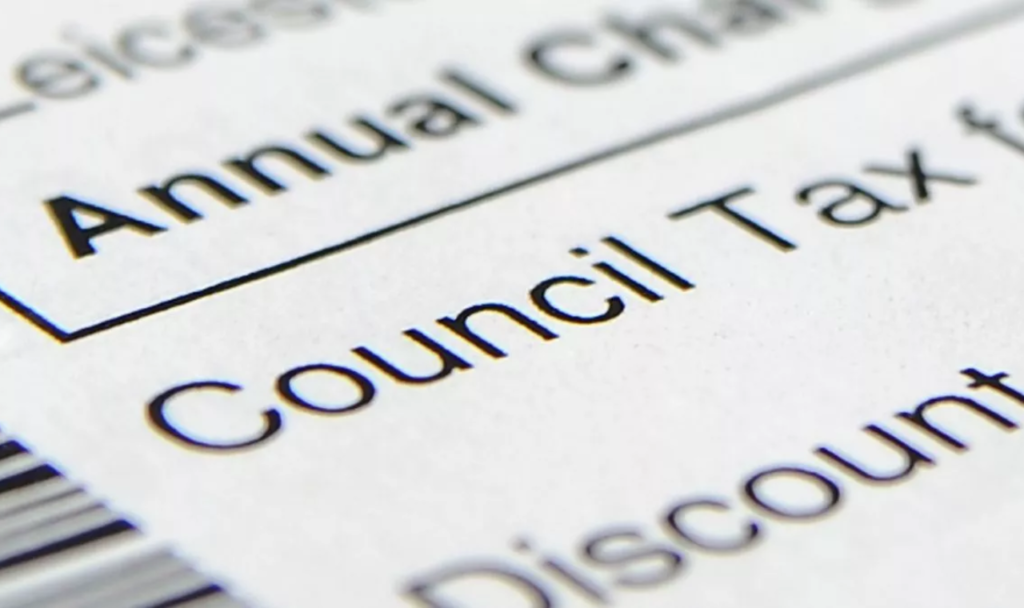
Where Is the Money Going?
Council Tax funds essential services, including education, social care, policing, fire services, and local infrastructure. The 4.99% increase from the County Council is partly attributed to rising social care demands and efforts to maintain public services amid budget constraints.
Police funding has also increased, with the Cambridgeshire Police and Crime Commissioner setting a precept of £285.48, up from the previous year. This increase supports police staffing and crime prevention efforts.
District Councils: Some Freezes, Some Rises
While the County Council’s portion has risen, some district councils have opted to freeze their share of the tax.
East Cambridgeshire Freezes Council Tax Again
Notably, East Cambridgeshire District Council has frozen its Council Tax for the twelfth consecutive year. Residents in this district will pay the same £142.14 for a Band D property as last year.
Councillor Anna Bailey, leader of the council, stated:
We are committed to keeping bills low for our residents while maintaining essential services. Careful financial management has allowed us to avoid an increase once again.
Other councils, however, have made different decisions. Fenland District Council, for example, has increased its charge to £254.79, one of the highest in the county.
How to Check Your Council Tax Band
The amount you pay depends on your Council Tax band, which is based on your property’s value as of April 1, 1991. You can check your band using the UK government’s official website
If you believe your home is in the wrong band, you can challenge the valuation through the Valuation Office Agency (VOA). More details on the appeal process are available here:
Who Might Get a Discount?
Council Tax Discounts Some residents may be eligible for discounts or exemptions, depending on their circumstances. Common reasons for reduced Council Tax include:
- Single Person Discount – If you live alone, you can get 25% off your bill.
- Students – Full-time students are exempt from paying Council Tax.
- Low-income households – Those on low incomes may qualify for Council Tax Support from their local council.
- Severe mental impairment – If someone in your household has a severe mental impairment (Alzheimer’s), they may be exempt.
- Disability Reduction – If your home has been adapted for a disabled resident, you may qualify for a reduced rate.
You can check your eligibility and apply for discounts through your local council’s website:
How to Pay Your Council Tax
Council Tax payments are typically spread over 10 or 12 monthly installments. Payments can be made online, via direct debit, or through other methods such as phone banking.
Most councils now offer 12-month payment plans, which reduce the monthly amount owed. If you’re struggling to pay, it’s advisable to contact your local council as soon as possible to discuss support options.
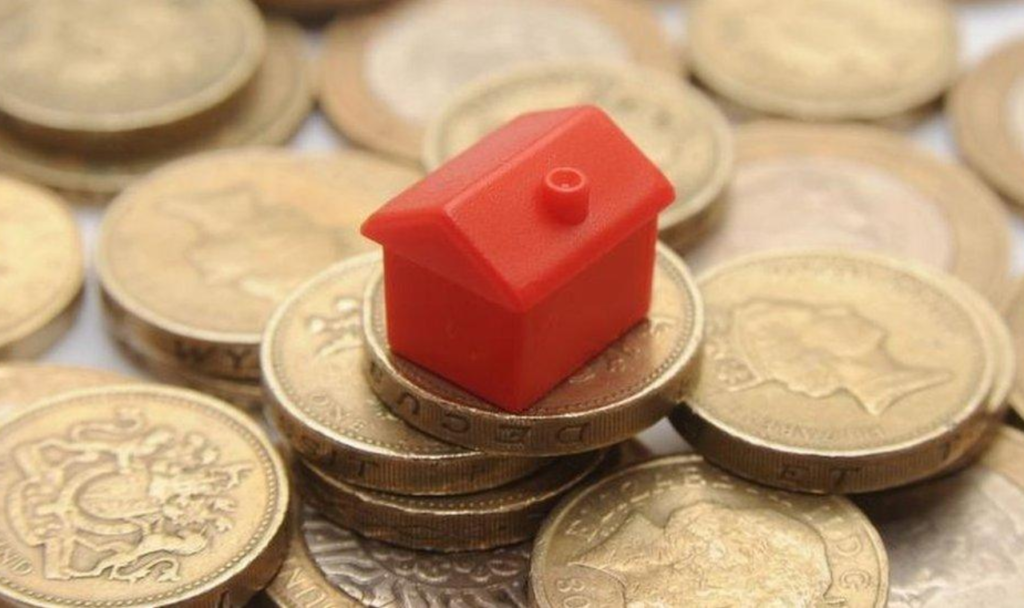
What If You Can’t Afford the Increase?
With the cost-of-living crisis impacting many households, some residents may struggle to afford the rising bills. Councils have hardship schemes and Council Tax Reduction (CTR) programs to support those in financial difficulty.(www.citizensadvice.org.uk).
If you’re concerned about making payments, you should:
- Check eligibility for Council Tax Reduction (CTR) through your district council.
- Set up a manageable payment plan with your local authority.
- Seek financial advice from organizations like Citizens Advice
Conclusion
Cambridgeshire residents will see varying Council Tax changes depending on their district. While the County Council has increased its portion by 4.99%, some local councils, like East Cambridgeshire, have kept their rates frozen.
To find out exactly how much you owe and whether you qualify for discounts, visit your local council’s website. It’s also a good idea to explore payment options if you’re concerned about affordability.

Pankaj Kumar is a journalist at Chandigarh X, covering admit cards, recruitment, and government schemes. His articles provide readers with detailed insights into application processes, eligibility, and exam updates.
Outside of work, Pankaj enjoys traveling, fitness, and cricket, often participating in local matches on weekends.
